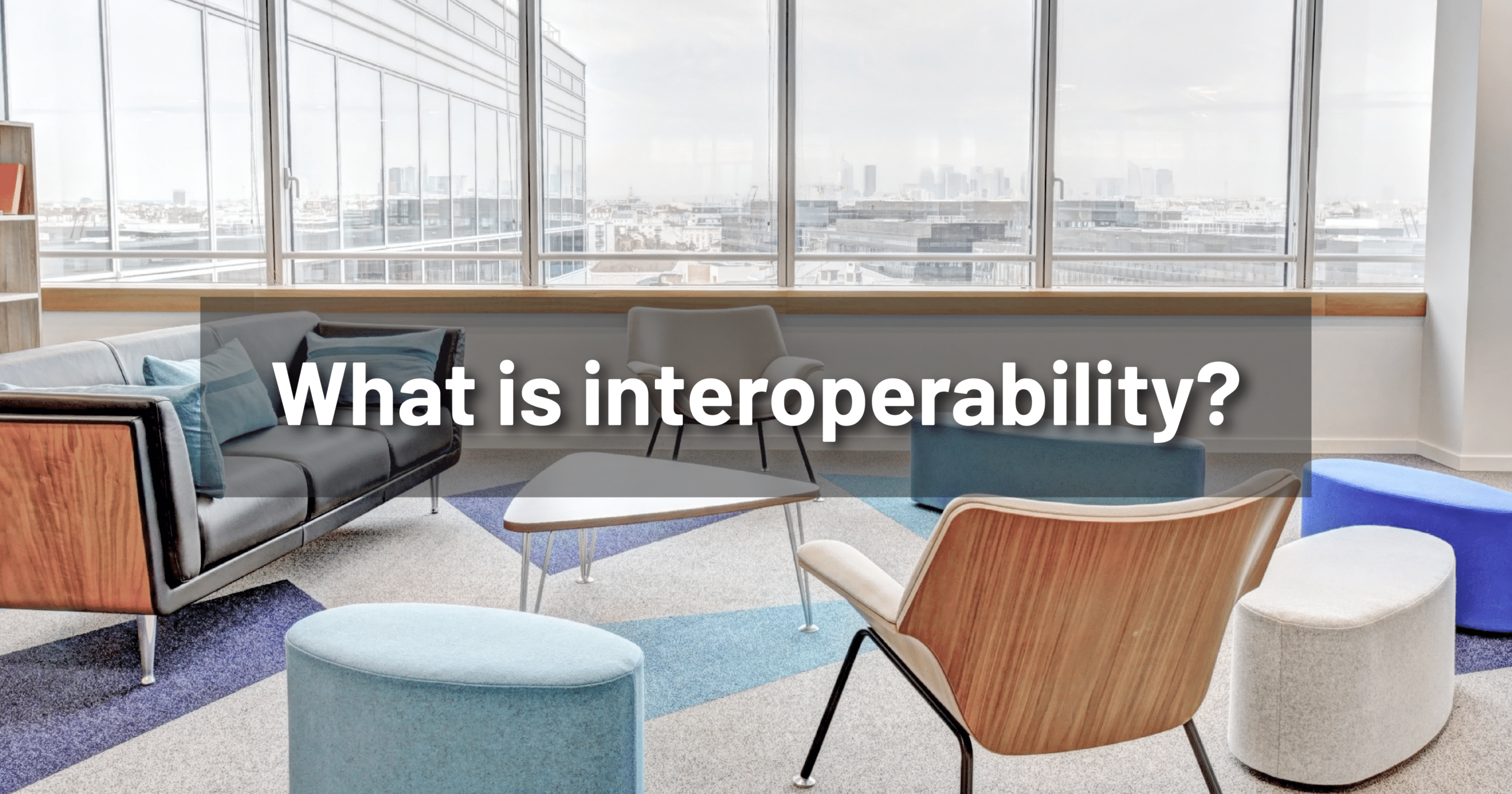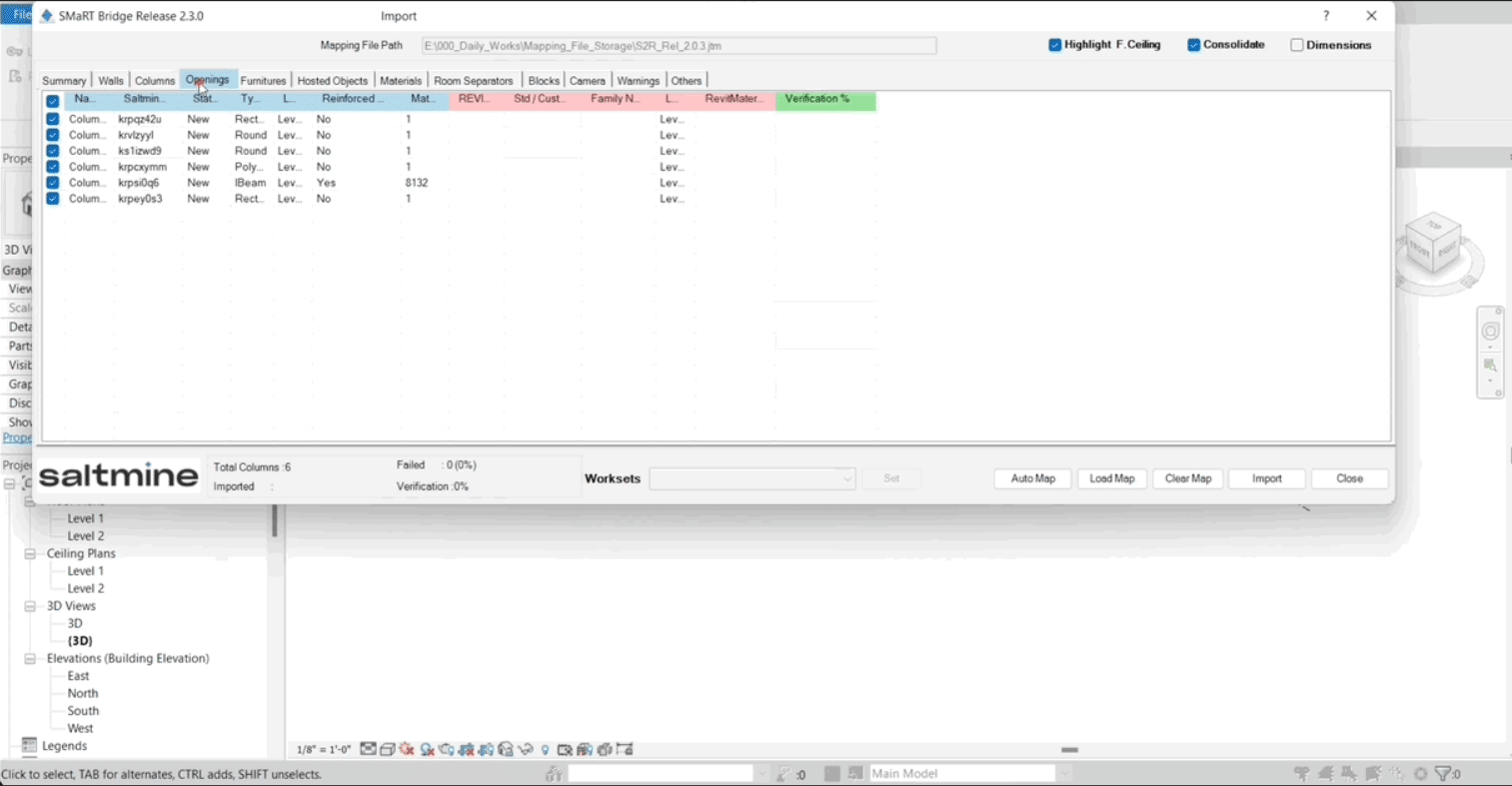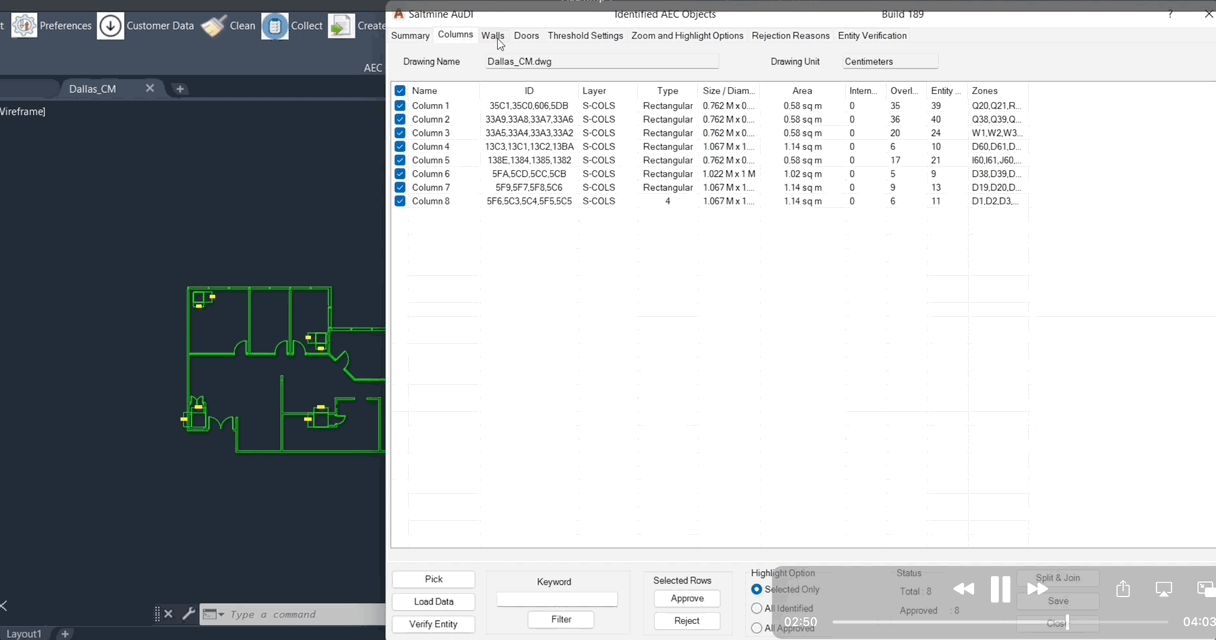Having robust interoperability support in software removes tedious steps and prevents data loss that bogs down workflows.
It’s fair to say that businesses today depend on having seamless access to their data across their entire software suite. Given the length and complexity of most real estate projects, getting access to information from multiple sources is essential to remain efficient and productive. However, if a software or a system prohibits the exchange of data with other technologies, it becomes increasingly difficult for teams to remain engaged and achieve desired results.
 Let’s take a refresher on what interoperability is. Interoperability is a characteristic of a product or system in which the system works with other systems without any restrictions–often regarding data exchange via common exchange formats. Interoperability can be categorized into three main types: syntactic, structural, and semantic.
Let’s take a refresher on what interoperability is. Interoperability is a characteristic of a product or system in which the system works with other systems without any restrictions–often regarding data exchange via common exchange formats. Interoperability can be categorized into three main types: syntactic, structural, and semantic.
- Syntactic interoperability is the ability of two or more systems to communicate and share data–allowing different types of software systems to work with each other.
- Structural interoperability is the capability of defining the data exchange–a format that specifies standards for communication or exchange between systems.
- Semantic interoperability is the ability to interpret data from each system in a meaningful way.
While interoperability comes in many forms, one form in particular is focused on Computer Aided Design (CAD) data exchange. This type of data exchange enables end-users to import or export 3D data for downstream applications.
The importance of interoperability and how it helps you
In the design and real estate industry, where one-off project teams are assembled across different organizations, disciplines, and phases, it’s essential for different tools to share information with each other. Data generated in one phase should be usable without re-entry for the next phase.
Having robust interoperability support in software removes tedious steps and prevents data loss that bogs down workflows. Interoperability in CAD systems have these key benefits:
- Better productivity: Teams can operate more smoothly, as necessary CAD data is readily available and accessible to all relevant systems and stakeholders. This is a much more efficient process compared to waiting for vital information required to achieve goals.
- Data unity: Interoperability provides data unity which is essential for helping teams manage and access CAD information from external systems and vice versa.
- Improved data protection: Robust interoperability helps protect sensitive data during exchange between systems. Teams can access this via shared access offered through interoperability tools instead of manually and repeatedly entering personal information.
- Fewer errors: Information systems that are connected usually result in better quality data and thus, fewer errors. This is a better option than systems that are not connected and are more likely to contain duplicate and outdated data.
- Lower costs: Robust interoperable systems can send and receive information in a synchronized way–taking up fewer resources and costs compared to non-inoperable systems that must request data manually from another system.
With so many highly-engineered systems in today’s CAD world, the potential to reach a point where few of the software applications talk to each other is a real challenge. Without a solution, designers are forced to purchase licenses for many different kinds of CAD software which is prohibitively expensive and unrealistic.
Interoperability at Saltmine
Saltmine supports interoperability with two widely used platforms in the industry–Autodesk’s AutoCAD and Revit.
Our proprietary tool, SMaRT Bridge–Saltmine and Revit Bridge–is a plugin that sits within Revit to enable auto synchronized import and export of design data between Saltmine and Revit. The plugin provides support for key design element exchanges such as walls, columns, glazing windows, doors, materials, ceilings, floors, furniture, hosted objects and more.
 Our Autodesk CAD plugin is a software solution that facilitates designer teams to easily import designs to Saltmine in a few clicks. The tool helps to automatically identify CAD entities as AEC objects that can be readily imported into Saltmine’s cloud-based design platform.
Our Autodesk CAD plugin is a software solution that facilitates designer teams to easily import designs to Saltmine in a few clicks. The tool helps to automatically identify CAD entities as AEC objects that can be readily imported into Saltmine’s cloud-based design platform.
 Tighter product-to-product integration can enable real estate and design professionals to share models, project files, and other data between select solutions. Software interoperability empowers users to switch from one solution to another while keeping the data intact after the transfer–especially during cases where the data tends to lie in one system for a long time.
Tighter product-to-product integration can enable real estate and design professionals to share models, project files, and other data between select solutions. Software interoperability empowers users to switch from one solution to another while keeping the data intact after the transfer–especially during cases where the data tends to lie in one system for a long time.
Saltmine recognizes this need and is continuously making improvements to ensure our customers do not stumble due to confusion and poor interoperability–hindering any project’s timeline.
To stay up-to-date on Saltmine product updates that are built to make real estate teams’ lives easier, fill out the form below:
Enjoying our blog? Be sure to subscribe to stay up-to-date on Saltmine's original content with the form below!